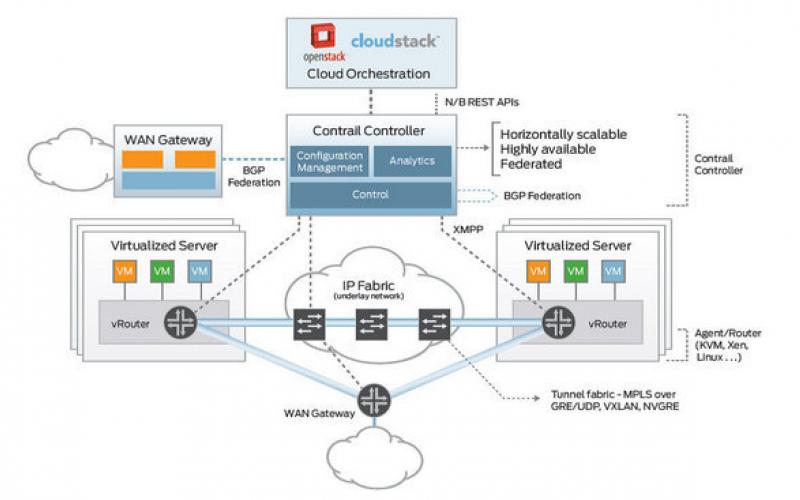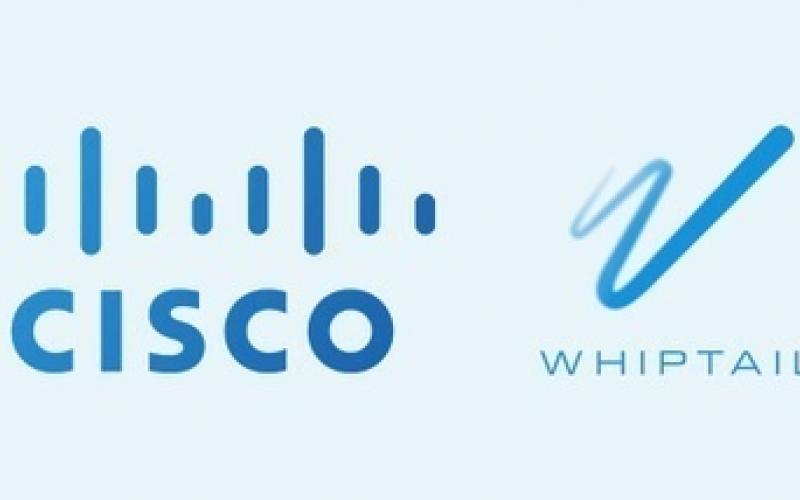Software-defined networking and network virtualization grabbed the industry by the throat in 2013, dominating almost every conversation about the future of networking. The year also was marked by major M&A deals, the arrival of 802.11ac products, and the ongoing Huawei saga. Here, we take you back through some of the memorable moments in networking in 2013.
Network Computing is part of the Informa Tech Division of Informa PLC
This site is operated by a business or businesses owned by Informa PLC and all copyright resides with them. Informa PLC's registered office is 5 Howick Place, London SW1P 1WG. Registered in England and Wales. Number 8860726.


















